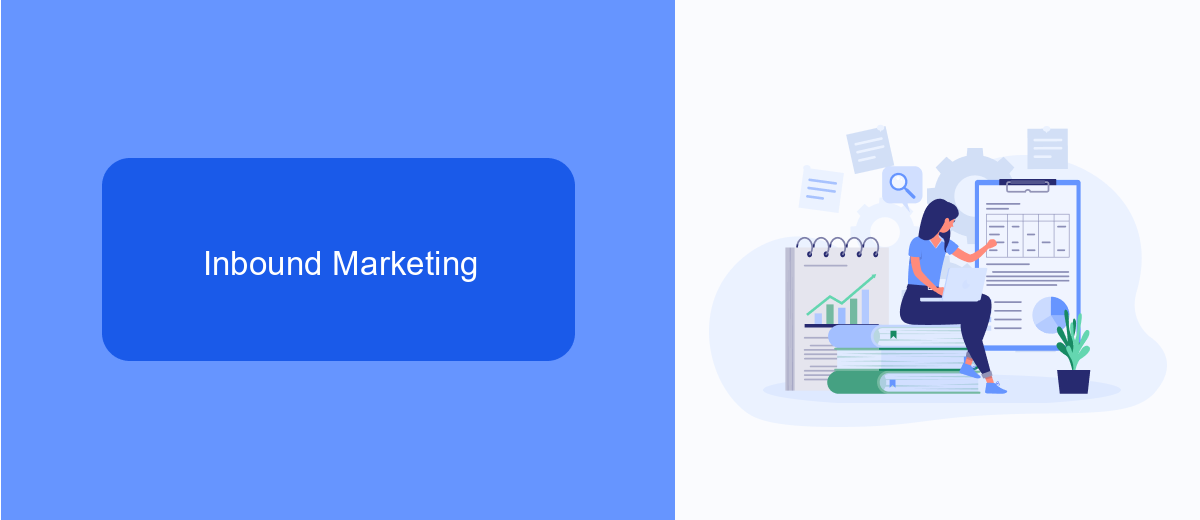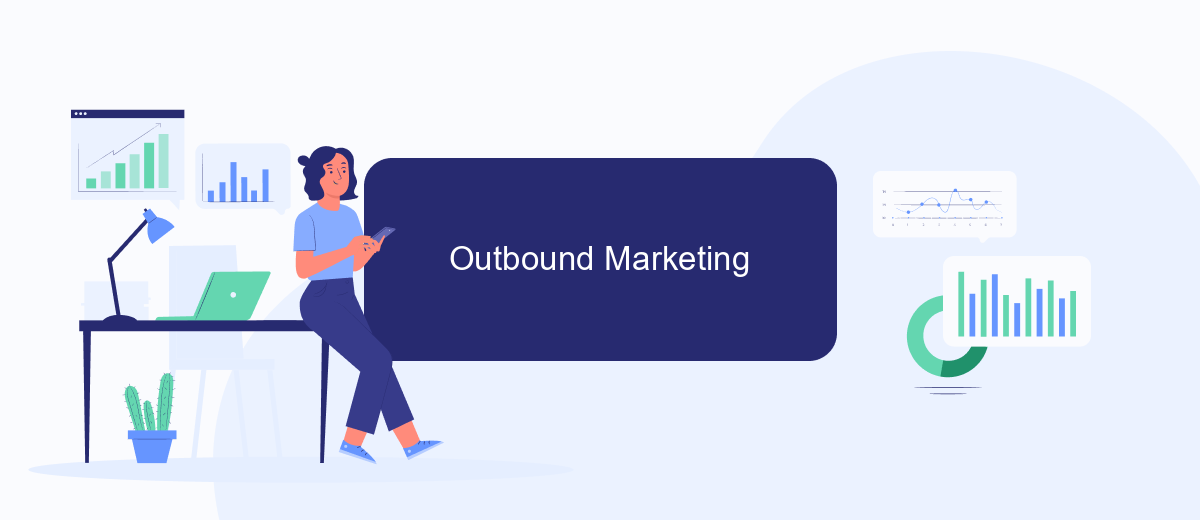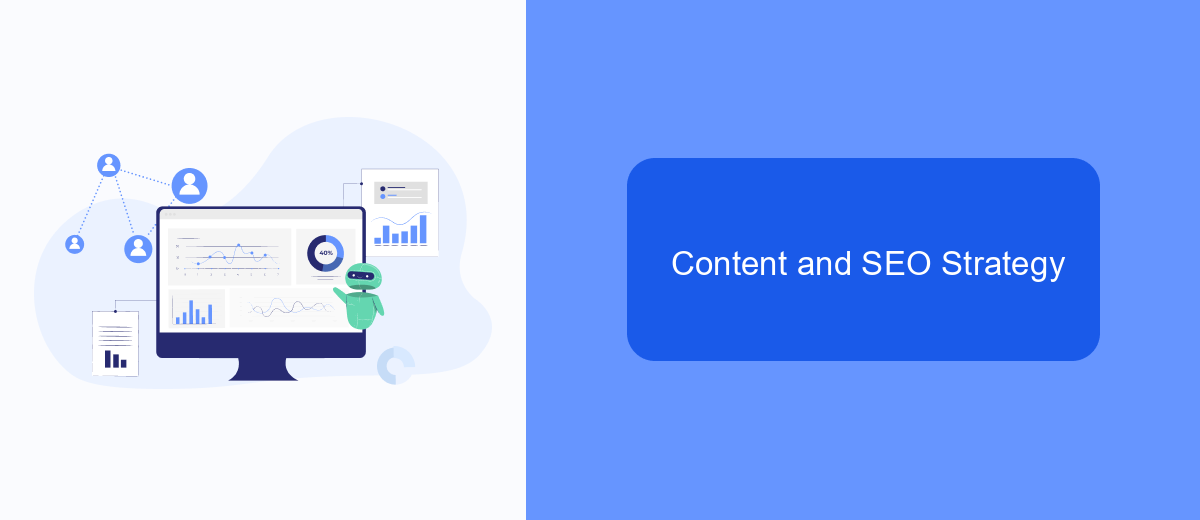Lead generation models are essential frameworks for attracting and converting potential customers into leads. These models utilize various strategies and tools to identify, engage, and nurture prospects, ultimately driving business growth. In this article, we will explore different lead generation models, their effectiveness, and how to choose the right one for your business to maximize your marketing efforts.
Lead Generation Models
Lead generation models are essential for businesses looking to attract and convert potential customers. These models help in identifying the most effective strategies for capturing leads and nurturing them through the sales funnel. There are several types of lead generation models that businesses can utilize to enhance their marketing efforts.
- Inbound Marketing: Focuses on attracting potential customers through content creation, SEO, and social media engagement.
- Outbound Marketing: Involves reaching out to potential customers through cold emails, calls, and direct mail.
- Account-Based Marketing (ABM): Targets specific high-value accounts with personalized marketing efforts.
- Referral Programs: Encourages existing customers to refer new leads through incentives.
- Partnerships and Integrations: Collaborates with other businesses or uses services like SaveMyLeads to automate lead capture and integration processes.
Each model has its own set of advantages and can be tailored to fit the specific needs of a business. By leveraging a combination of these models, companies can create a robust lead generation strategy that maximizes their reach and conversion rates. Integrating services like SaveMyLeads can further streamline the process, ensuring that leads are efficiently captured and managed.
Inbound Marketing

Inbound Marketing focuses on attracting potential customers through valuable content and experiences tailored to them. Instead of pushing products or services, this approach pulls in prospects by addressing their needs and interests. Key strategies include content marketing, SEO, social media engagement, and email campaigns. By providing useful information and building trust, businesses can naturally convert visitors into leads and, eventually, loyal customers.
One crucial aspect of inbound marketing is the seamless integration of various tools and platforms to streamline lead generation and management. Services like SaveMyLeads can automate the process by connecting different marketing and CRM systems, ensuring that no potential lead is lost. This integration allows businesses to focus on creating compelling content and engaging with their audience, while the technology handles the tedious task of data synchronization and follow-ups.
Outbound Marketing

Outbound marketing is a proactive approach where businesses initiate contact with potential customers. This method involves reaching out to leads through various channels, aiming to generate interest and drive engagement. Unlike inbound marketing, which relies on attracting customers organically, outbound marketing requires a more direct and assertive strategy.
- Cold Calling: Directly contacting potential leads via phone calls to introduce products or services.
- Email Campaigns: Sending targeted emails to a curated list of prospects to inform them about offers and updates.
- Social Media Outreach: Using platforms like LinkedIn to connect with and message potential leads.
- Direct Mail: Sending physical promotional materials to potential customers' addresses.
- Event Marketing: Participating in or hosting events to network and engage with potential leads.
To streamline and optimize outbound marketing efforts, integrating tools like SaveMyLeads can be highly beneficial. SaveMyLeads allows businesses to automate lead generation processes by connecting different platforms and applications, ensuring that no potential lead is missed. This can significantly enhance the efficiency and effectiveness of outbound marketing campaigns.
Content and SEO Strategy

Creating a robust content and SEO strategy is essential for effective lead generation. The first step involves identifying the target audience and understanding their needs and preferences. This insight will guide the creation of relevant and engaging content that addresses their pain points and offers valuable solutions.
Once the target audience is defined, keyword research becomes crucial. Identify high-performing keywords that your potential leads are likely to use when searching for solutions online. Incorporate these keywords naturally into your content to improve search engine rankings and drive organic traffic to your site.
- Develop high-quality, informative blog posts and articles.
- Create engaging videos and infographics.
- Optimize meta tags and descriptions for SEO.
- Utilize social media to amplify content reach.
Additionally, integrating tools like SaveMyLeads can streamline your lead generation process. SaveMyLeads automates the capture and transfer of leads from various platforms into your CRM, ensuring no potential lead is missed. This seamless integration enhances efficiency and allows your team to focus more on nurturing and converting leads.
- Automate the work with leads from the Facebook advertising account
- Empower with integrations and instant transfer of leads
- Don't spend money on developers or integrators
- Save time by automating routine tasks
Social Media Marketing
Social media marketing (SMM) plays a crucial role in lead generation by leveraging platforms such as Facebook, Instagram, LinkedIn, and Twitter to attract and engage potential customers. Through targeted ads, engaging content, and strategic interactions, businesses can build a strong online presence and drive traffic to their websites. Effective SMM involves understanding the audience's preferences, creating compelling visuals and messages, and consistently monitoring and adjusting campaigns to maximize results.
To streamline and enhance the effectiveness of SMM efforts, integrating automation tools like SaveMyLeads can be invaluable. SaveMyLeads allows businesses to automate the process of capturing and managing leads from social media platforms, ensuring that no potential customer is overlooked. By seamlessly integrating with various CRM systems and marketing tools, SaveMyLeads helps businesses maintain a steady flow of leads and optimize their marketing strategies. This not only saves time but also ensures that marketing efforts are data-driven and highly efficient.
FAQ
What is Lead Generation?
Why is Lead Generation important for businesses?
What are the most effective Lead Generation strategies?
How can automation help in Lead Generation?
What metrics should be tracked to measure the success of Lead Generation efforts?
If you use Facebook Lead Ads, then you should know what it means to regularly download CSV files and transfer data to various support services. How many times a day do you check for new leads in your ad account? How often do you transfer data to a CRM system, task manager, email service or Google Sheets? Try using the SaveMyLeads online connector. This is a no-code tool with which anyone can set up integrations for Facebook. Spend just a few minutes and you will receive real-time notifications in the messenger about new leads. Another 5-10 minutes of work in SML, and the data from the FB advertising account will be automatically transferred to the CRM system or Email service. The SaveMyLeads system will do the routine work for you, and you will surely like it.

